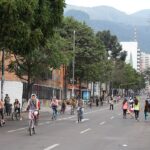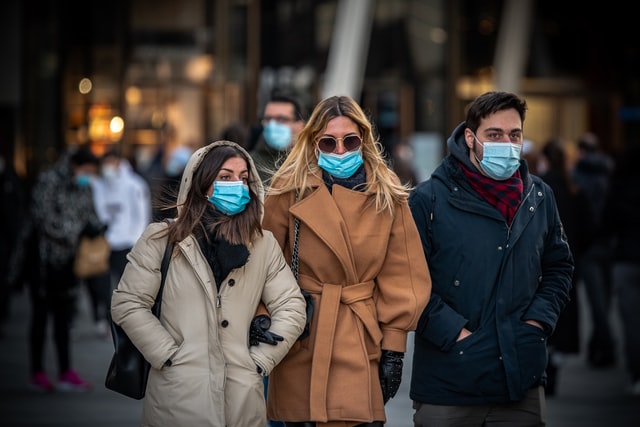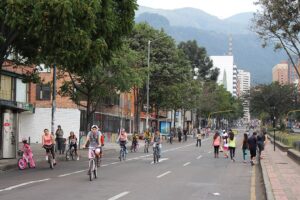The UN-Habitat’s Report on Cities and Pandemics: Towards a More Just, Green and Healthy Future presents an analysis of the situation of the COVID-19 in cities and urban areas after one year since the declaration of pandemic and outlines a range of bold measures that could deliver a lasting and sustainable recovery from the current crisis.
From the early days of the pandemic, cities have been on the frontline of COVID-19. The spread of the virus globally through travel, trade and mobility meant that a large number of the first detected infections appeared in urban areas, prompting many to question their future. These concerns only deepened as restrictions to contain transmission, such as lockdowns and curfews, brought local economies to a standstill. Yet in the months that followed, as the challenges of the pandemic have evolved, so too has our understanding of the disease and its complex relationship with cities.
In fact, as with previous public health crises, the key determinants of risk for urban residents are inequality, inadequate housing and lack of access to clean water, sanitation and waste management. Aggravating conditions, such as high levels of air pollution, have also played a role in exposing marginalized communities to more severe impacts. At the same time, it has become increasingly clear that urban density is not in itself a decisive factor in the transmission of the virus. Indeed, studies have shown that in some regions per capita infection levels and mortality were often lower in more populated city centres than in surrounding suburban or rural areas.
Read the full abstract and download the report on UN-Habitat’s website.
Recommended by Luisa Bravo











More Stories
Realm of Possibility: 15 Ways NYC is Improving Public Space for New Yorkers
Defining Placemaking: What Does It Really Mean?
The State of Public Space in 2025